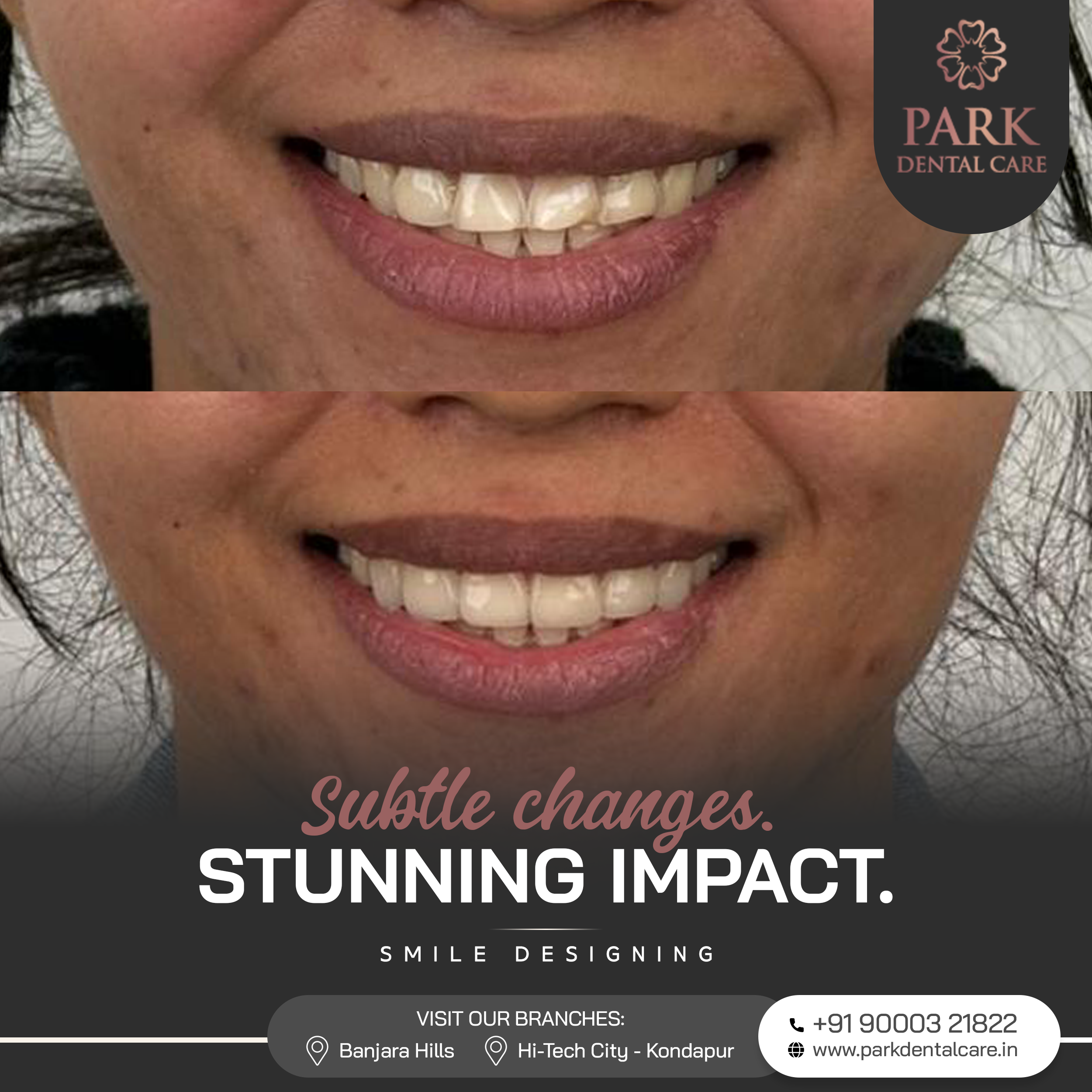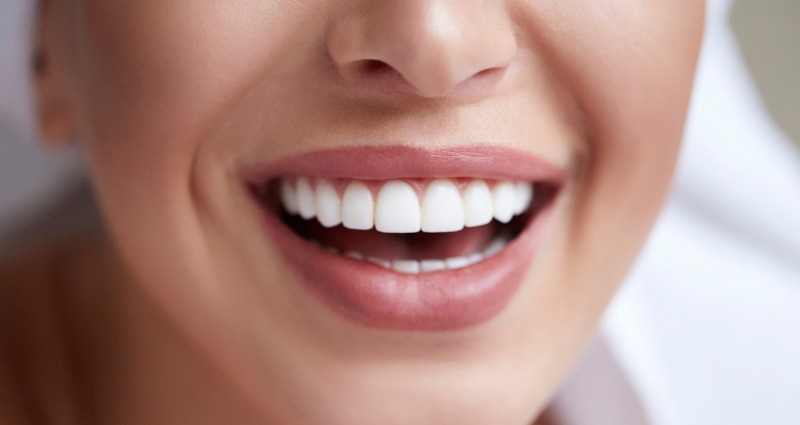Beyond the Basics: How Invisalign with Elastics Corrects Complex Bites
For years, many people believed that Invisalign was a cosmetic solution, useful only for straightening slightly crooked teeth or closing small gaps. If you had a significant bite issue, like a severe overbite or underbite – the conventional wisdom was that you needed traditional metal braces.
But that's no longer the case.
Thanks to continuous innovation in clear aligner technology, the Invisalign system has evolved into a powerful orthodontic tool capable of treating a much wider range of complex issues. At Park Dental Care in Hyderabad, our expert, Dr. Praveen Kurapati, has successfully used a combination of Invisalign aligners and a strategic secret weapon—elastics—to correct major bite problems that patients were told could only be fixed with braces.
The Power Trio: Aligners, Attachments, and Elastics
To understand how we fix complex bites without traditional braces, it's helpful to see how the three key components of this advanced Invisalign treatment work together.
1. The Aligners: The Foundation of Force
The custom-made, clear aligner trays are the workhorses of the system. They apply gentle, consistent pressure to gradually move each tooth into its correct position, correcting issues like crowding or spacing.
2. The Attachments: A Precision Grip
For more challenging movements, such as rotating a tooth or moving it up or down, the aligners need something to grip. That’s where SmartForce™ attachments come in. These are small, tooth-colored bumps made of dental composite that we temporarily bond to specific teeth. Think of them as small handles that give the aligner the precise control needed for complex tooth movements.
3. The Elastics: Correcting the Jaw Relationship
While aligners and attachments are excellent at moving teeth within the upper or lower jaw, they can’t fix the relationship between the two jaws on their own. This is where Invisalign elastics, or rubber bands, become crucial. By connecting the top and bottom jaws, these tiny rubber bands provide the necessary force to shift your entire bite into proper alignment.

How We Use Elastics for Specific Bite Problems
The beauty of this system is that we can customize the configuration of the elastics to address your specific bite issue.
- Correcting an Overbite (Class II Malocclusion): To fix an overbite, where your upper jaw is too far forward, we typically attach elastics from your upper canine teeth down and back to hooks on your lower molars. This creates a gentle but continuous force that helps move your lower jaw forward and your upper teeth back, correcting the overbite.
- Correcting an Underbite (Class III Malocclusion): If you have an underbite, the configuration is reversed. We stretch the elastics from your upper back molars down and forward to your lower canines. This force helps pull your upper teeth forward and guide your lower jaw backward, resolving the underbite.
- Correcting an Open Bite or Crossbite: We can also use different patterns of elastics to address other complex issues. For an open bite, where your front teeth don't touch, we might use elastics in a vertical or box pattern to help close the gap. For a crossbite, they can guide the arches into the correct side-to-side alignment.
Your Experience with Invisalign Elastics
Adding elastics to your Invisalign treatment is a simple adjustment. You'll be shown how to easily hook the small rubber bands onto the designated buttons or built-in hooks on your aligners. For the treatment to be effective, consistency is key—elastics are typically worn for the same 20–22 hours a day as your aligners. While they are more noticeable than the aligners alone, they are available in clear options to minimize their appearance.
Are You a Candidate for This Advanced Treatment?
If you were told in the past that your bite was too complex for clear aligners, it’s time to get a second opinion. The ability to use attachments and Invisalign elastics means that a vast majority of patients with moderate to complex bite issues can now be successfully treated without traditional braces.
At Park Dental Care, Dr. Praveen Kurapati is an expert in designing and managing these advanced Invisalign treatment plans. He has the experience to determine if this innovative approach is right for you.
Get a Second Opinion at Park Dental Care, Hyderabad
Don't let the common misconception that Invisalign is only for simple cases keep you from exploring a more comfortable, convenient, and discreet path to a healthier smile.
Were you told your bite was too complex for Invisalign? Get a second opinion from our advanced Invisalign experts at Park Dental Care in Hyderabad. Schedule your consultation with Dr. Praveen Kurapati today.


